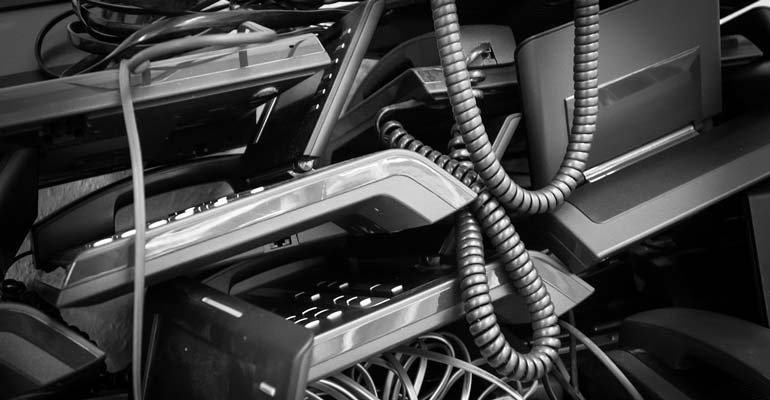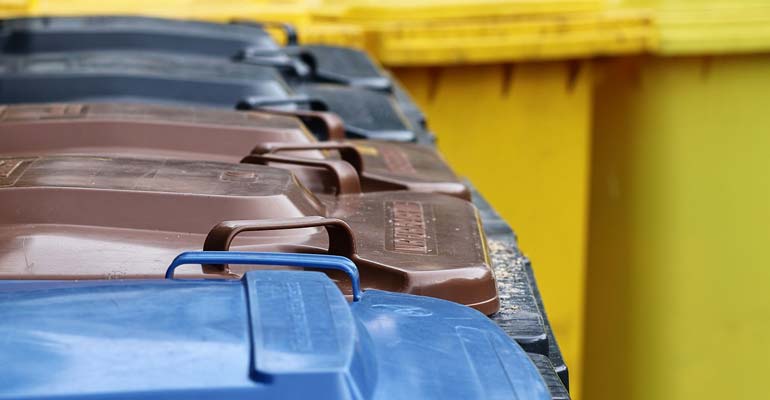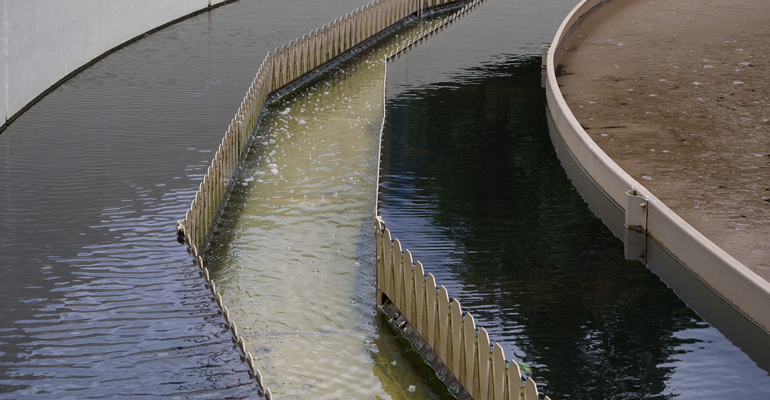Latest situation
In the waste of households and industry, masses of gold and silver treasures are stored – in discarded electrical appliances. And there are plenty of them: 40 million tons of electronic devices end up on the garbage worldwide every year, according to a report of the UN environmental program Unep.
Current problem
The business with electronics recycling is becoming increasingly lucrative, reports the Bundesverband Sekundärstoffe und Entsorgung (BVSE). Many recycling companies have now settled in Europe. They have benefited from the high metal prices of recent years. However, the high costs of processing the metals are depressing their profits.
AGT solution
Conversion is the optimal solution for recycling electronic waste. Within the LTC process, the various materials (plastics, metals, minerals) are gently separated. The organic substances are converted and processed into a strong gas comparable to natural gas, while all metals and minerals, such as gold, platinum, rare earths, copper, etc., remain undamaged for reuse. The recycling of these treasures in landfills can be described as modern raw material mining – sustainability in its purest form.
Benefit
Even high production rates, as in the potassium gold mine in South Africa, where five grams per tonne of rock are extracted, have a pitiful effect on the treasures of mountains of rubbish: Christian Hagelüken of the recycling company Umicore in Brussels reports that millions of computer circuit boards containing 250 grams of gold per tonne lie there. With AGT’s low-temperature conversion (gasification), recycling is worthwhile because the costs of processing are significantly reduced and the yield is thus many times higher than with previous methods. The average ROI of this type of plant naturally depends on the content of valuable metals, but is at most 4 years.





